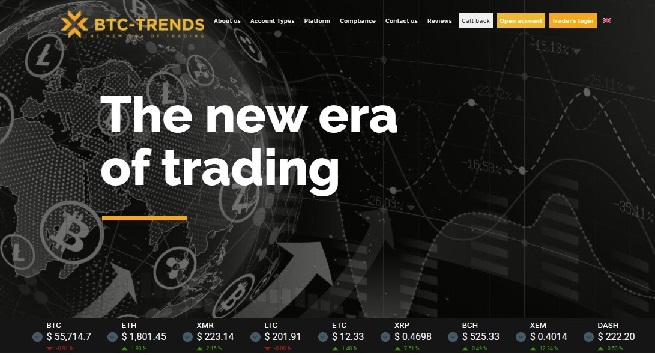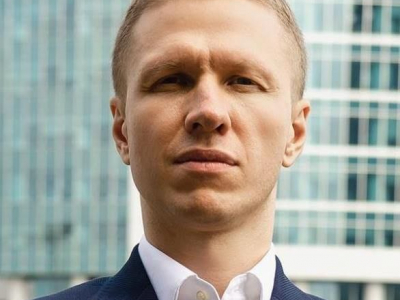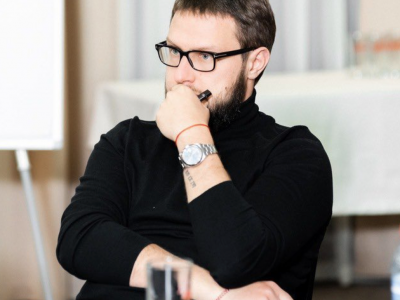By decentralised voting holders of 97% of ethers have shown unanimous support to a hard fork as an optimum way to return the funds stolen on 17 June by an anonymous malefactor.
If Ethereum programmers succeed this time, the platform will turn a catastrophe into a triumph and gain the reputation of the world’s safest blockchain that would not allow an easy multi-million stealth.
The implementation date for the hard fork is set on 21 July, and now, after the vote is over, programming will be carried out faster.
The community is still discussing various options and solutions to the issue. Ethereum founder Vitalik Buterin has pronounced for leaving alone innocent childDAO created before the attack. The mainDAO’s and the attackDAO’s funds are to be consolidated in one withdraw-contract. Thanks to the platform’s design, the hacker will not be able to withdraw the money for the period of 27 days after the split.
Péter Szilágyi, Software Developer at Ethereum Foundation and one of the main developers of the hard fork code, explained that coding improvements need to be implemented slowly and thoroughly:
“The consensus logic of the hard fork isn’t too complicated, but networking aspects very much are, which as of now no other client really cared about. Geth has both fast sync and introducing light sync which requires a lot more effort on the networking part to make sure the network partitions cleanly between forkers and non-forkers… The soft-fork almost blew the network up because we rushed it and didn’t consider all aspects, I don’t want to make that mistake again. We’re evolving the code slowly, properly covering all possible issues we can imagine with various tests, among other end-to-end network simulations.”
As reported by Coinfox, the soft fork proposed earlier turned out to have a vulnerability that would slow down mining and impede legitimate transactions. Because of this, the soft fork was abandoned not long after its announcement.
Hard fork means cancelling some operations previously performed within the Ethereum network. This measure brings obvious risks to the system’s reputation: some community members claimed that it would undermine users’ confidence in the whole Ethereum network.
The DAO investment platform was attacked on 17 June when more than 3.6 million ethers (about $60 mln at that moment) were withdrawn from its accounts in one day. The attacker used a loophole in the system’s split function to create a child DAO and drain the cryptocurrency from the main platform.
Ludmila Brus


















Comments